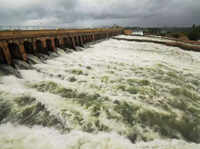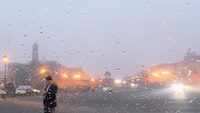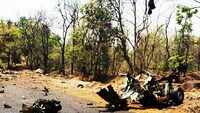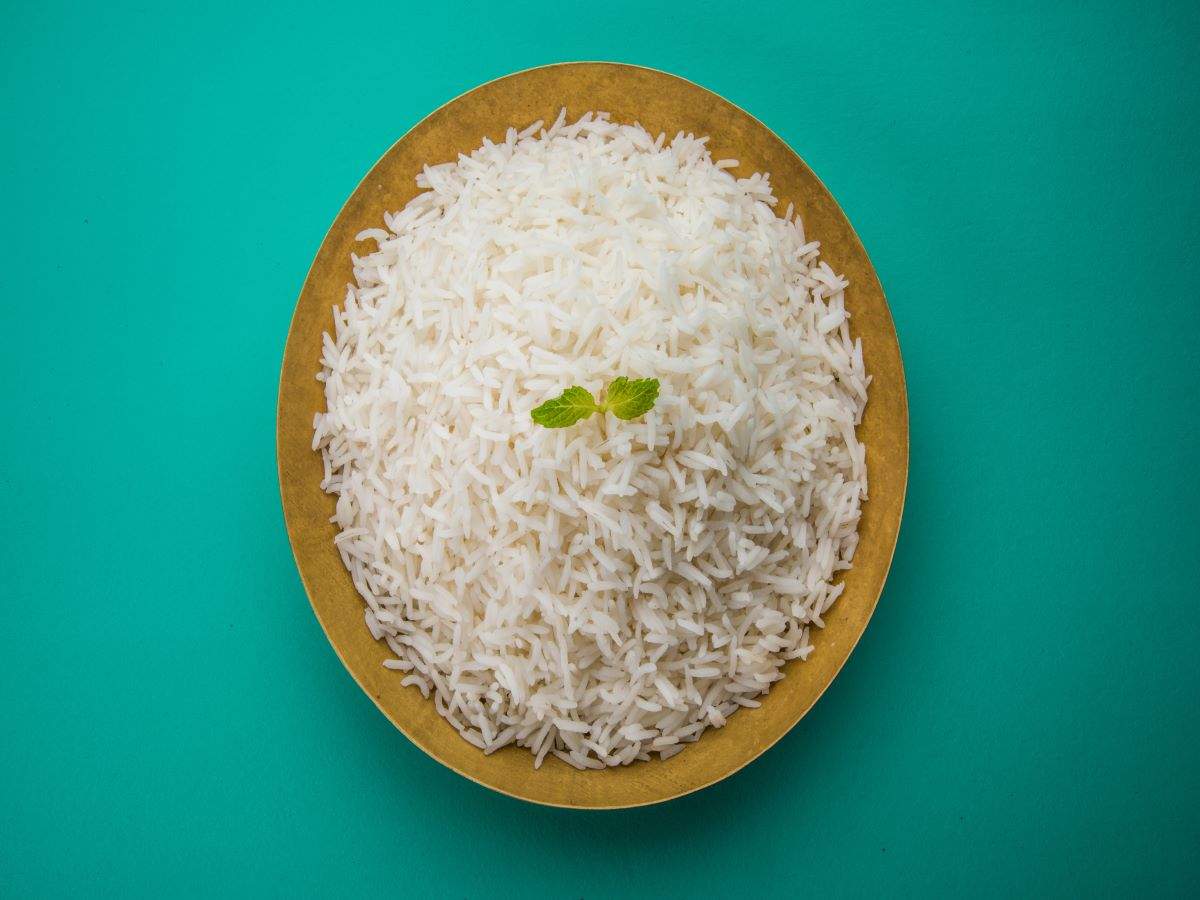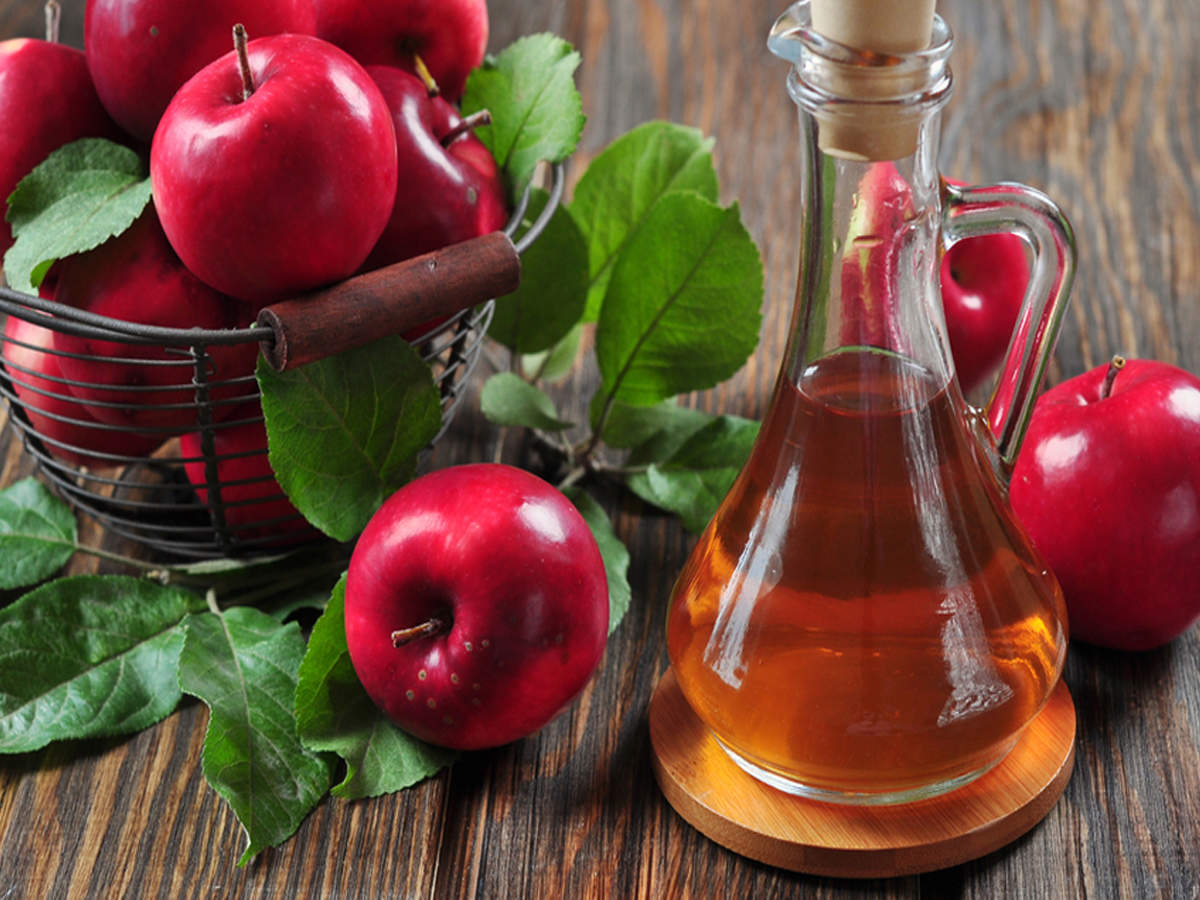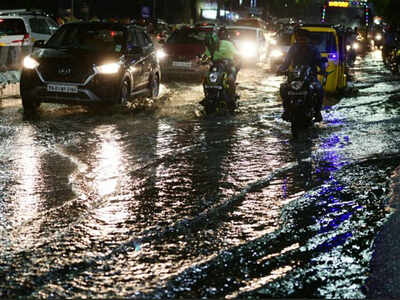
CHENNAI: The mild showers in the last week of June may not have left water in the city’s wells, lakes and reservors, but they have slowed the depletion of groundwater, according to data with Metrowater.
Official data say this is particularly true in Thiruvottiyur, Manali and Royapuram in northern Chennai, Valasaravakkam in the southwest, and Adyar and Perungudi in the south. Metrowater officials say the showers on June 26 when 30mm of rain was recorded in Nungambakkam were especially helpful.
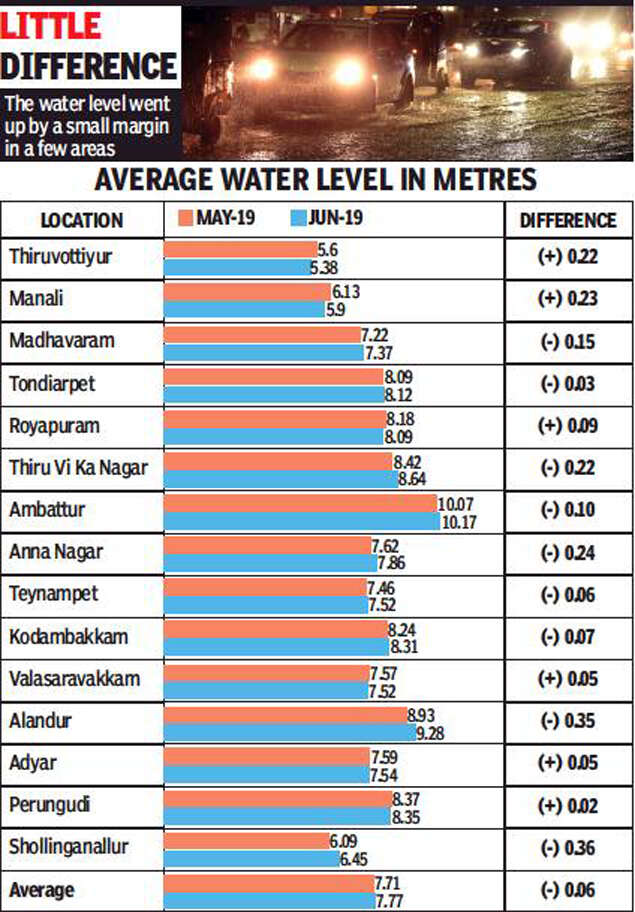
The alluvial soil in Royapuram, Adyar and Perungudi, with a mixture of sand, silt and clay, helps the water percolate down easily, says hydrogeologist J Saravanan. Valasaravakkam is totally clay for the first 15ft and then there is a sandy strata. When there are heavy showers, water percolates even beyond 15ft, said Saravanan.
Water absorption is especially good along the coast with its sandy soil. This is evident from the marginal rise in the water table (see graph) in Manali and Thirvottriyur after the June showers. Perungudi too recorded a miniscule rise in the water table after the showers. More than the rise in the water table, Metrowater officials are thankful that the showers have slowed the rate of depletion of groundwater.
The groundwater table was lower by two metres this May compared to 2018 in most areas, including Thiru Vi Ka Nagar, Tondiarpet, Alandur and Perungudi. The same was true for June too in these areas and the rest of the city. However, the May and June figures for this year showed that the showers had helped slow the depletion in June.
Metrowater officials were hoping the showers predicted over the weekend would further slow the depletion of Chennai’s water table, but the weatherman was proved wrong. Now, and the rest of the city will be hoping for some more showers to help tide over the scarcity till the northeast monsoon arrives in Chennai.
Official data say this is particularly true in Thiruvottiyur, Manali and Royapuram in northern Chennai, Valasaravakkam in the southwest, and Adyar and Perungudi in the south. Metrowater officials say the showers on June 26 when 30mm of rain was recorded in Nungambakkam were especially helpful.

The alluvial soil in Royapuram, Adyar and Perungudi, with a mixture of sand, silt and clay, helps the water percolate down easily, says hydrogeologist J Saravanan. Valasaravakkam is totally clay for the first 15ft and then there is a sandy strata. When there are heavy showers, water percolates even beyond 15ft, said Saravanan.
Water absorption is especially good along the coast with its sandy soil. This is evident from the marginal rise in the water table (see graph) in Manali and Thirvottriyur after the June showers. Perungudi too recorded a miniscule rise in the water table after the showers. More than the rise in the water table, Metrowater officials are thankful that the showers have slowed the rate of depletion of groundwater.
The groundwater table was lower by two metres this May compared to 2018 in most areas, including Thiru Vi Ka Nagar, Tondiarpet, Alandur and Perungudi. The same was true for June too in these areas and the rest of the city. However, the May and June figures for this year showed that the showers had helped slow the depletion in June.
Metrowater officials were hoping the showers predicted over the weekend would further slow the depletion of Chennai’s water table, but the weatherman was proved wrong. Now, and the rest of the city will be hoping for some more showers to help tide over the scarcity till the northeast monsoon arrives in Chennai.
World Cup 2019
Trending Topics
LATEST VIDEOS
More from TOI
Navbharat Times
Featured Today in Travel
Quick Links
Lok Sabha Election Schedule 2019Lok Sabha Election NewsDelhi Capitals teamMI team 2019Rajasthan Royals 2019RCB team 2019Maharashtra Lok Sabha ConstituenciesBJP Candidate ListBJP List 2019 TamilnaduShiv Sena List 2019AP BJP List 2019Mamata BanerjeeBJP List 2019 MaharashtraPriyanka GandhiBJP List 2019 KarnatakaAMMK Candidate List 2019BJP List 2019 WBLok Sabha Elections in Tamil NaduBSP List 2019 UPNews in TamilLok Sabha Poll 2019Satta Matka 2018PM ModiMahagathbandhanNagpur BJP Candidate ListChandrababu NaiduTamil Nadu ElectionsUrmila MatondkarNews in TeluguMadras High CourtTejashwi YadavArvind KejriwalTejasvi SuryaPawan KalyanArvind KejriwalYogi AdityanathJaya PradaSatta King 2019Srinagar encounter
Get the app
